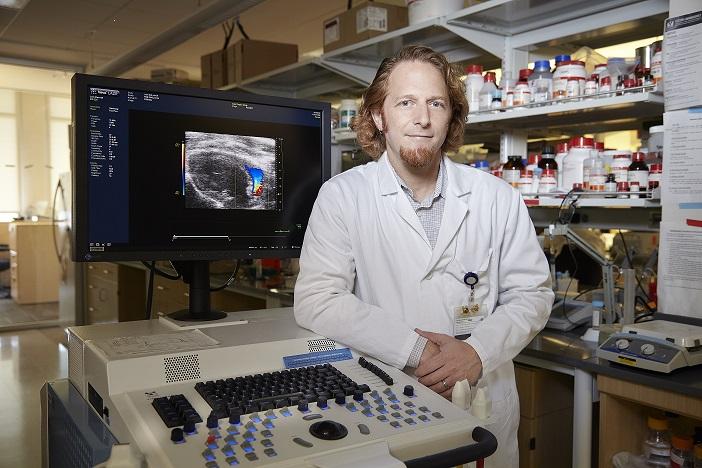
9 out of 1000 babies suffer from congenital heart disease at their birth. It is one of the main causes of death among babies. In order to tackle this issue, researchers from the Georgia Tech and Emory University’s Department of Biomedical Engineering, under the supervision of Michael Davis, director of the Children’s Heart Research and Outcomes Center (HeRO), have developed a solution that might save lives.
Researchers have started applying stem cell therapied and 3D tissue printing to pediatric heart defects. This research focused on patients with congenital issues such as hypoplastic left heart syndrome (HLHS) and left ventricular cardiomyopathy who are more numerous than other types of patients.
How has 3D printing been used?
3D printing enables to create valves, leaflets and patches. Aline Nachlas, a fourth-year PhD biomedical engineering candidate, has discovered a material that can support the printing of such type of cells.
As far as valves are concerned, skin cells from the patient are used to create them in order to minimize the risk of rejection. Furthermore, this type of procedure enables the valve to continue to grow with the patient and does not require any replacement. Davis explained that: “currently, children are undergoing animal valve replacements, which are sometimes too big, and they don’t grow with the child. This means more surgeries down the road to replace the valve, as well as high doses of immunosuppressants. We want to create a living valve that grows with the child.”
On another side, the director would like to make use of a printable patch integrating stem cells, that would keep them in one place so that these cells can repair the surrounding tissue. A decellularized pig material matrix will be used to print the patch scaffold.
“Very few people are trying to heal with 3D printed patches,” said Davis. “My lab is on the forefront of that research. We are trying to make a positive contribution in a sensible way.”
The good point is that 3D printing with human tissue increasingly becomes a good option for researchers, which predict better results than the use of animals. The same thing is observed on cosmetics where testing is done on a 3D printed skin rather than on animals.
For further information about 3D Printing, follow us on our social networks and subscribe to our newsletter
Would you like to be featured in the next issue of our digital magazine? Send us an email at contact@3dadept.com





